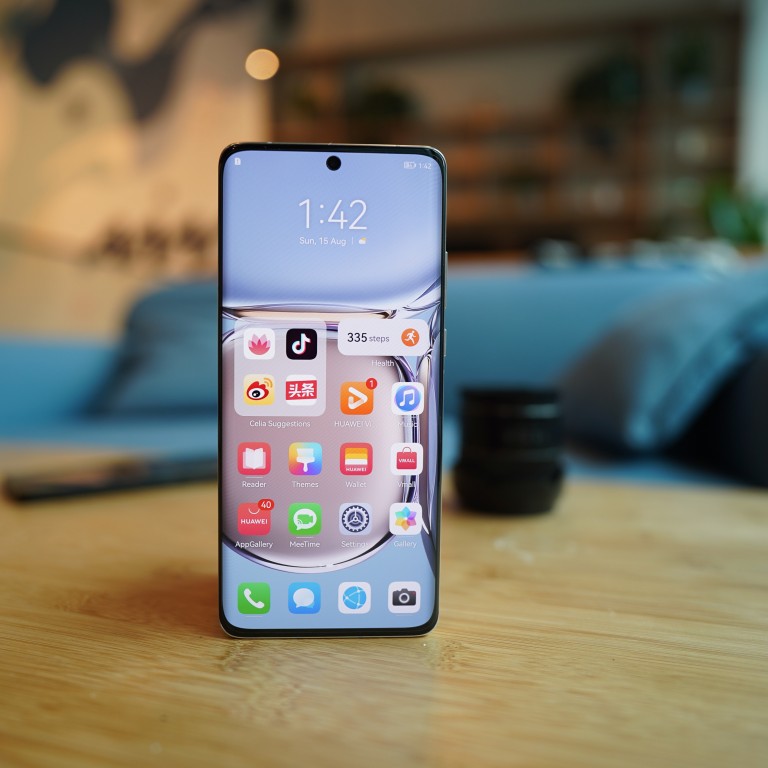
Review | Huawei P50 Pro smartphone review: no Google services, but it takes fantastic photos and boasts new speakers; battery life could be better
- Huawei’s latest flagship phone has a new look, high-spec though not industry-leading camera hardware, and image processing software that produces magic
- The P50 series are the first to ship with Huawei’s HarmonyOS operating system, which still looks like Android yet cannot run Gmail, YouTube or Google Drive
After months of delays due to US sanction-related uncertainties, Huawei’s P50 smartphone series has seen the light of day.
While the new phones will once again have limited appeal outside mainland China because they lack Google Mobile Services, there’s a lot to like for smartphone enthusiasts interested in the latest breakthrough in digital imaging – particularly the higher-end Pro model I tested.
Hardware and design
The P50 Pro has an eye-catching design, with two giant circular camera modules placed off-centre on the phone’s back. It’s a new look for a smartphone, but opinions on whether it looks good or garish seem divided.
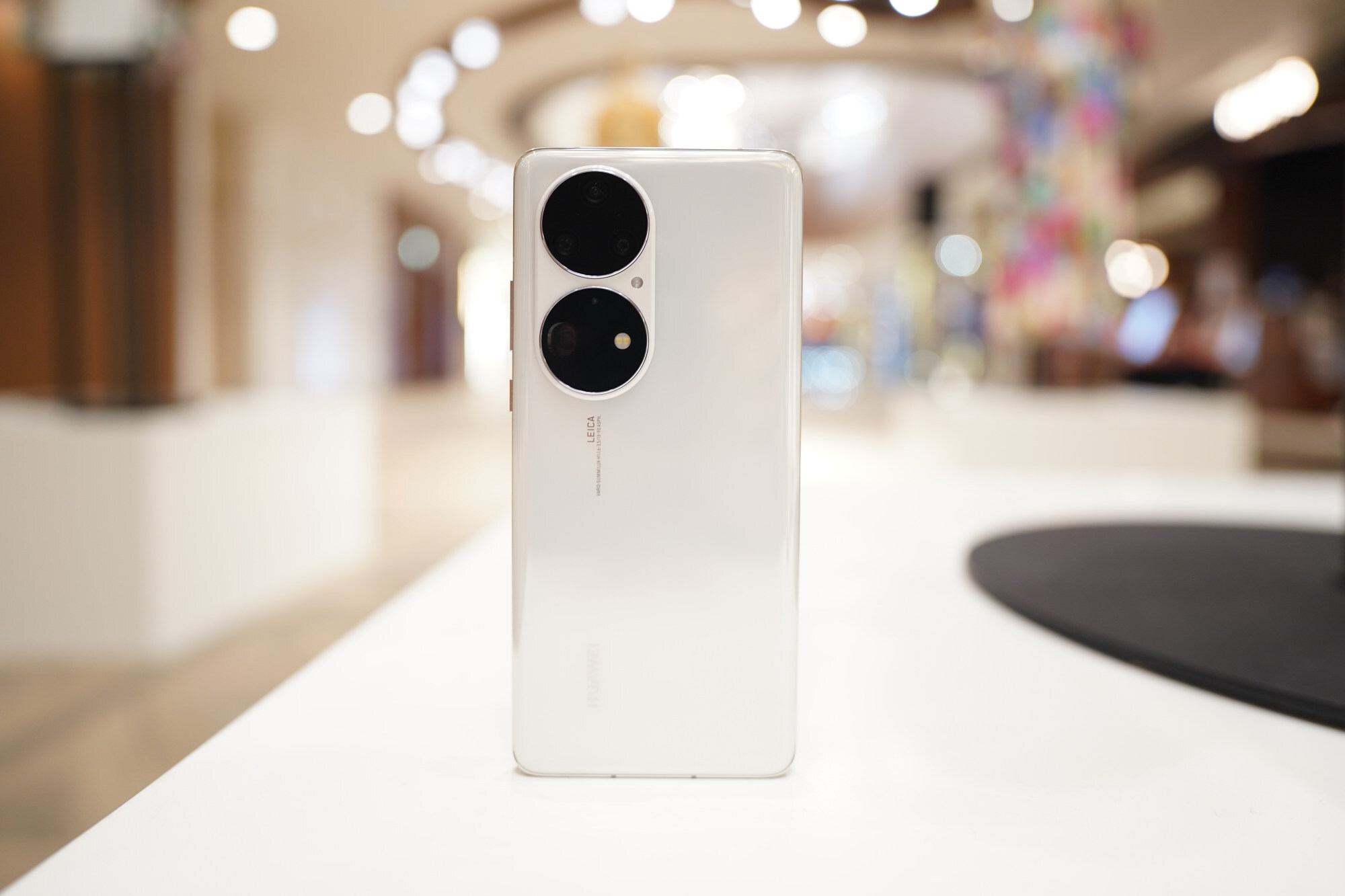
The top camera island houses the “main camera system”, featuring a 50-megapixel main lens, a 13-megapixel ultra-wide-angle lens, and a 40-megapixel monochrome sensor. The bottom circle is home to a 64-megapixel Periscope zoom lens with a 3.5x optical zoom.
On paper, these specs don’t top the competition – or even Huawei’s last two flagship phones. But the hardware, working in concert with a new image signal processing software Huawei dubs “XD Optics”, produces photos and videos that are more than the sum of its parts.
Huawei seeks to revive smartphone business, chip development
Elsewhere, the P50 Pro has a 6.6-inch OLED screen with a 120Hz refresh rate. It’s a great-looking panel with minimal bezels, but standard fare for flagship phones in 2021.
Powering the phone is either Huawei’s own Kirin 9000 or the Qualcomm Snapdragon 888 processor – Huawei has been forced to use the latter after no longer being able to produce its own chips because of US sanctions.
Haptics and speakers – previously weak points in Huawei phones – have improved significantly compared to last year’s P40 series. The P50 Pro has loud, full stereo speakers and precise vibration feedback.
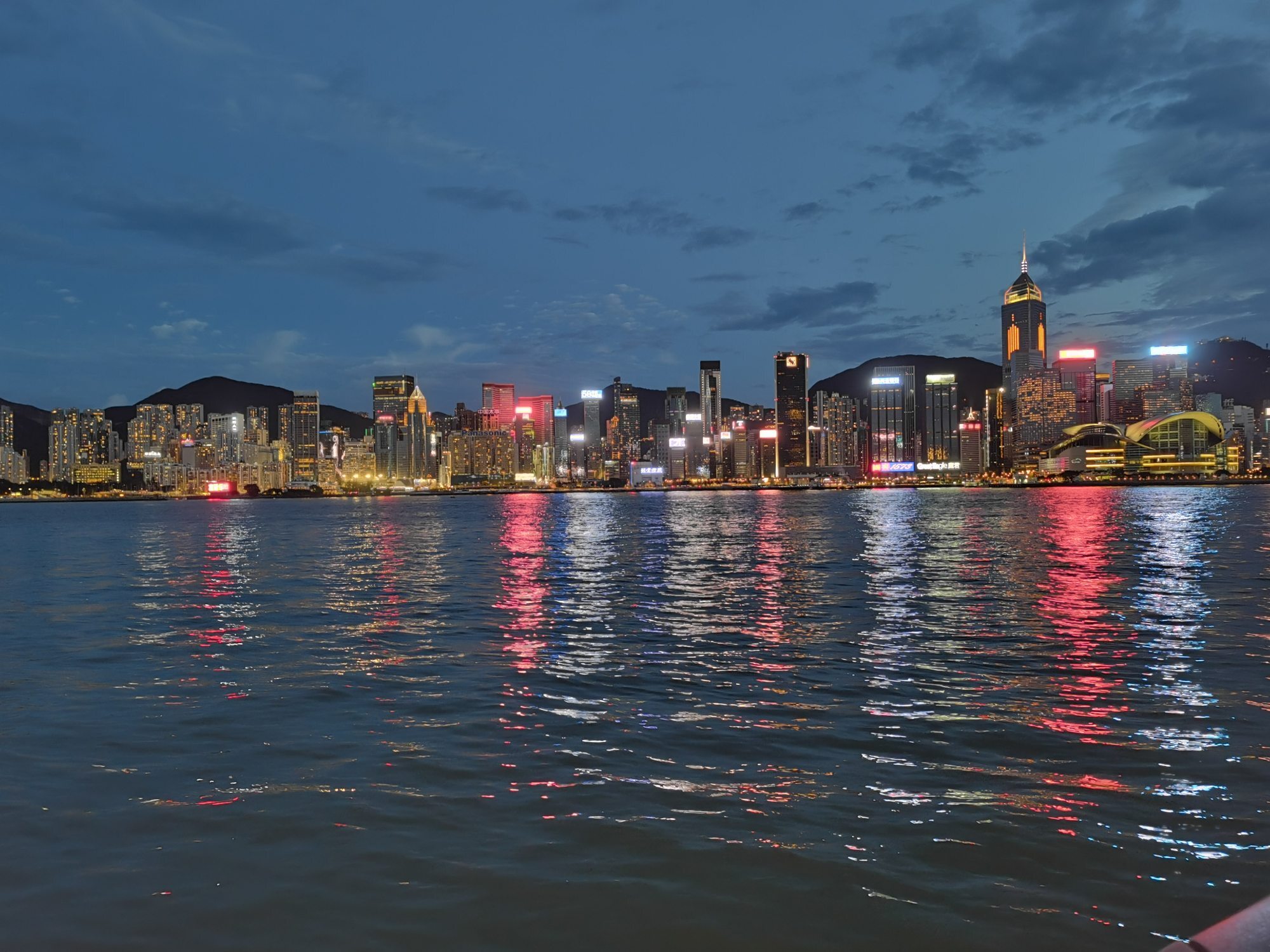
Software and features
The P50 series are the first phones to ship with Huawei’s own HarmonyOS software – and no, it still cannot run any of Google’s core apps like Gmail, YouTube, or Google Drive and Docs.
However, for all the brouhaha about HarmonyOS being an all-new operating system, it still looks and performs mostly like the EMUI Android skin on which Huawei phones ran over the past several years.
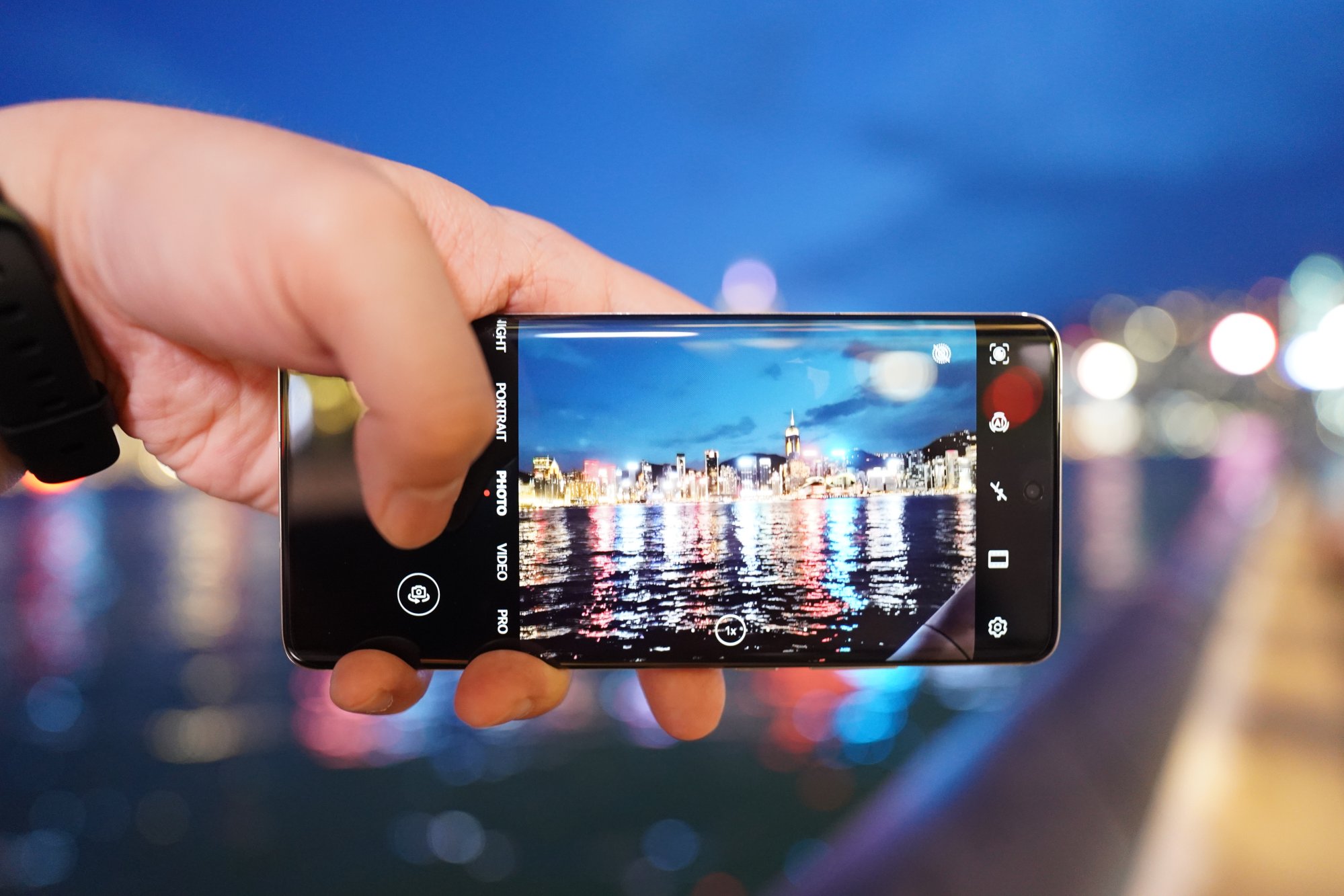
There are some nice touches, such as a home screen full of interactive widgets and seamless connectivity with Huawei’s other devices such as tablets, laptops, and earbuds, but those who buy this phone hoping to see an entirely new operating system different from Android will be disappointed.
Performance and battery life
As mentioned earlier, the P50 Pro’s camera hardware is not as impressive (on paper, at least) as that of previous Huawei flagship phones. For example, the P50 Pro’s main camera has an image sensor size of 1/1.5-inch, much smaller than the previous 1/1.28-inch. The Periscope zoom lens, at 3.5x optical zoom range, is shorter than the P40 Pro Plus’ epic 10x optical zoom.
But the results tell another story. Huawei’s computational photography – the aforementioned XD Optics engine – has taken a leap in the past year, and the P50 Pro consistently produced photos and videos that top those taken with earlier Huawei devices.
Colours, in particular, are more lively than before; video stabilisation is better, and there’s even a convincing bokeh in photo and video despite the image size being relatively small. Even the 3.5x zoom lens somehow produces 10x zoom photos that can hang with those shot using actual 10x optical zoom lenses from Samsung.
In previous years, Huawei phones mostly relied on industry-best camera hardware to earn top marks in optics. This time, the P50 Pro is as much about software computational smarts as hardware – this is a page out of Google’s Pixel playbook.
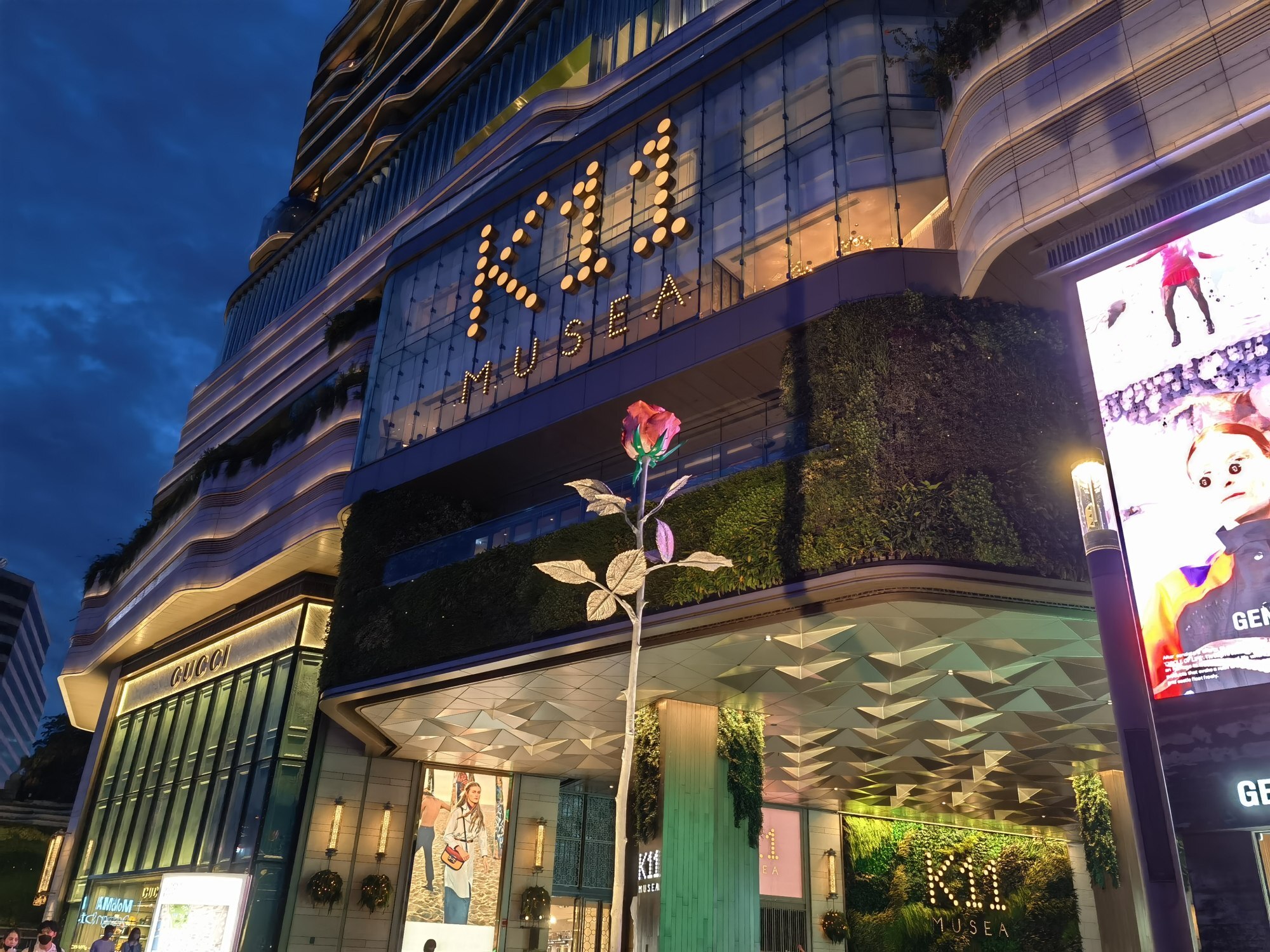
The Kirin 9000 chip ran fine here without issues, but the battery life is on the weaker side. A 4,360 mAh cell is just not large enough to power such a large 120Hz, hi-res display. On a day of heavy use, the phone drained about 12 per cent of the battery per hour.
Conclusion
The Huawei P50 Pro is only on sale in mainland China and starts at 5,988 yuan (around US$920). Those outside mainland China will have to import it at an even higher price.
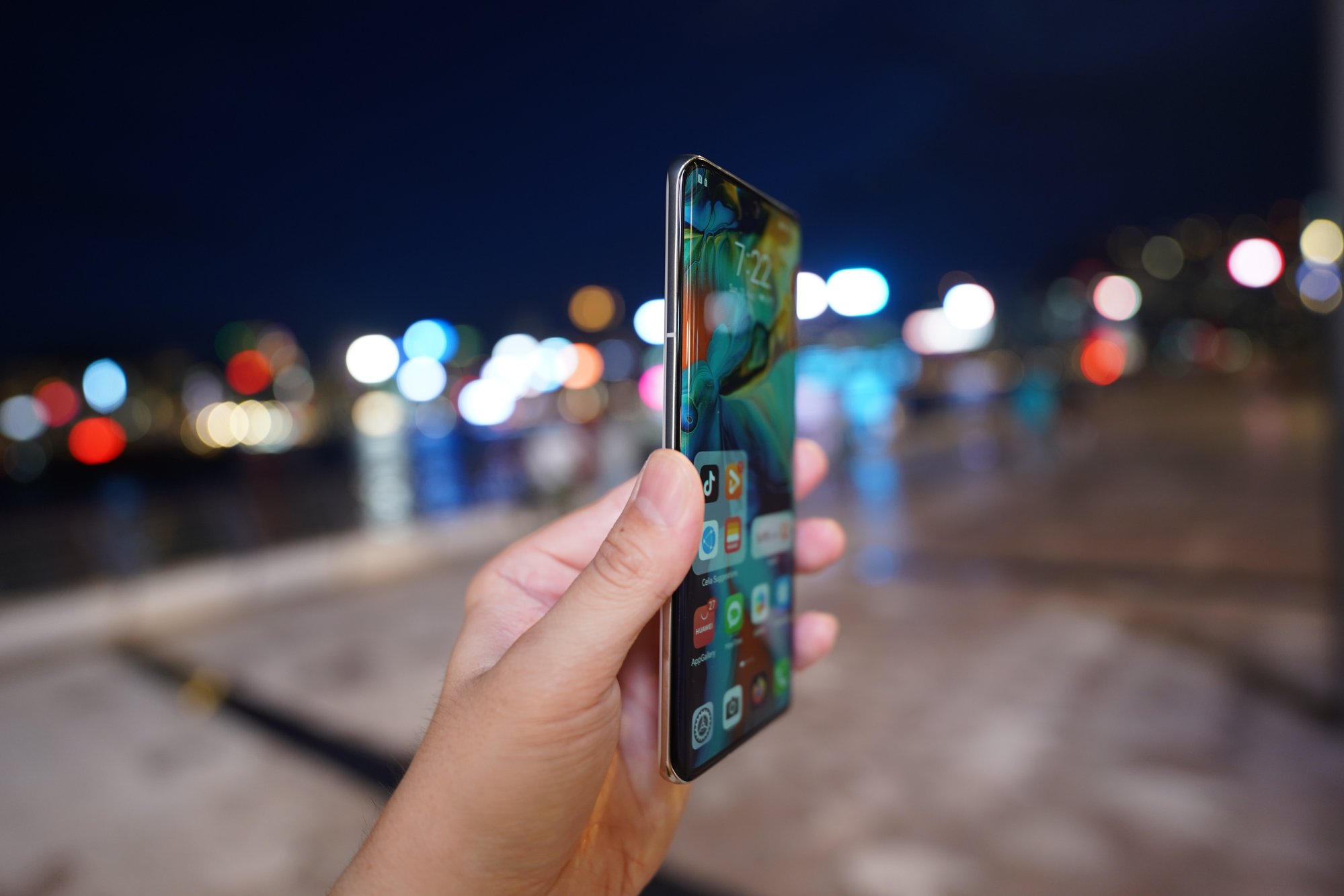
The phone’s inability to run some of the world’s most popular apps such as YouTube will surely limit its mainstream appeal. But smartphone enthusiasts continue to be interested in Huawei smartphones, because they represent some of the best hardware around.
Huawei phones have always had some of the best cameras, and the P50 Pro continues that trend.

